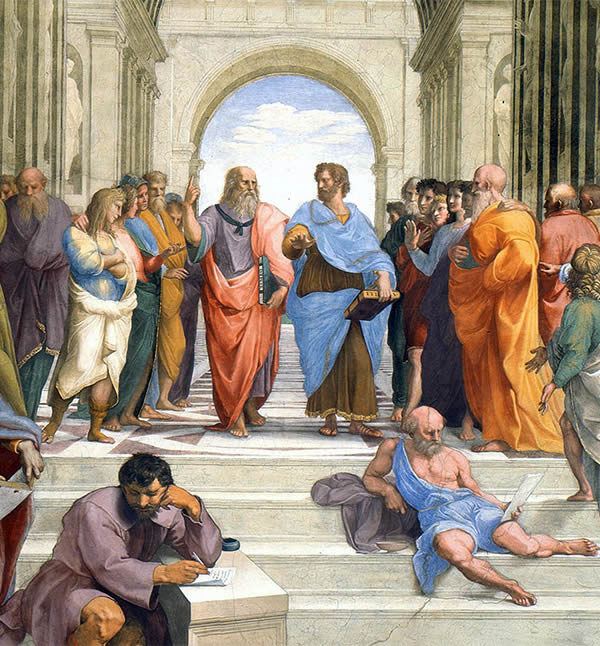Going up a ramp of the Scala Simonetti (named after the name of the builder who designed it between 1771 and 1784), you enter The Gregorian Egyptian Museum which is one of the most fascinating parts of the Vatican Museums.
Founded in 1839 by Gregory XVI, the Egyptian Gregorian Museum collects artifacts from ancient Egypt partly from Rome and Villa Adriana (Tivoli), where they had been transferred mostly in the imperial age, partly belonging to private collections, or purchased by nineteenth-century collectors.
In addition to the precious sarcophagi of the 3rd and 2nd millennium BC, in the third room, the statues that adorned the Villa of the Emperor Hadrian (117-138) are noteworthy: they are of black basalt, shaped in imitation of the Egyptian ones.
The material on display includes papyrus, mummies, hieroglyphic inscriptions and the famous Book of the Dead.
Papi’s interest in Egypt was linked to the fundamental role attributed to this country by the Holy Scriptures in the history of salvation. The museum is divided into nine rooms interspersed with a large hemicycle that opens towards the terrace of the “Nicchione della Pigna”, which houses numerous sculptures. The last two rooms house finds from ancient Mesopotamia and Syria-Palestine.
The Egyptian Museum of Vatican City contains
- Room I. Hieroglyphic inscriptions on steles and statues (2600 BC-600 AD).
- Room II. Funeral costumes in ancient Egypt (2600 BC-200 AD).
- Room III. Reconstruction of the Serapeum of Villa Adriana (ca. 131 AD).
- Room IV. Egypt and Rome (1st-2nd century AD).
- Room V. Masterpieces of the Pharaonic statuary (2000 BC-100 AD).
- Room VI. Votive bronzes of the 1st millennium BC
- Room VII. Bronze and clay figurines from Hellenistic and Roman Egypt.
- Room VIII. Cuneiform tablets and seals from Mesopotamia; vases and bronzes from Syria-Palestine (III-I mill. BC); Palmyrene reliefs (1st-3rd century AD).
- Room IX. Reliefs and inscriptions of the Assyrian palaces (883-612 BC).



